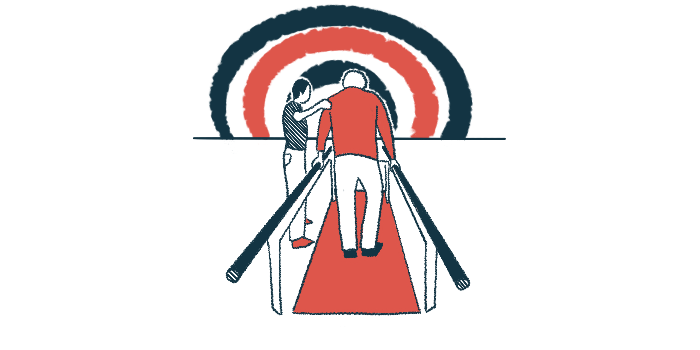Pulmonary rehab sites more than an hour away for US rural residents
Over 14 million people in sparsely populated areas lack easy access

Access to pulmonary rehabilitation programs for people with pulmonary hypertension (PH) and other chronic respiratory conditions is considerably more difficult for those living in rural U.S. regions than in urban areas, scientists report.
Travel longer than 60 minutes affects more than 14 million U.S. residents of rural or underpopulated areas, they found. By racial or ethnic group, distance to a rehab center was a particular barrier for American Indians and Alaskan native peoples.
“The disparities highlighted in our study underscore the need for innovative solutions to improve access to PR [pulmonary rehabilitation] services for those in underserved areas,” the scientists wrote in their research letter, “Accessibility of Pulmonary Rehabilitation in the US,” published in JAMA Network Open.
Pulmonary rehabilitation is a key component of PH care
PH is a chronic and progressive disease associated with high blood pressure in the pulmonary arteries, the blood vessels that supply the lungs. Increased blood pressure in the lungs means that the heart’s right side must work harder to pump blood through the arteries, which may cause heart failure later in life.
Pulmonary rehabilitation is an essential component of care for people with PH and other chronic respiratory conditions. It is a comprehensive, multidisciplinary program designed to improve their quality of life and overall health. It is known to improve patients’ exercise capacity and to ease shortness of breath (dyspnea), a common PH symptom.
Such programs typically feature a structured exercise component, monitored by nurses or exercise specialists, and educational sessions to help patients better understand and manage their condition.
“It has been demonstrated across almost the entirety of pulmonary medicine to improve patient health and patient-reported outcomes,” Peter Kahn, MD, a pulmonary and critical care fellow at the Yale School of Medicine and one of the report’s two scientists, said in a Yale news release.
Despite these reported benefits, access to pulmonary rehabilitation services “remains a relevant issue,” particularly for people living in rural areas, they noted.
Using geographic data sets, U.S. census data, a survey, and computational tools, the scientists evaluated patients’ access to this type of care by measuring travel time to rehabilitation sites.
“By focusing on travel times instead of geodesic distance, our findings offer a more realistic depiction of the challenges faced by many individuals, particularly those in rural and sparsely populated regions and minoritized racial and ethnic groups,” the investigators wrote. (Geodesic distance is defined as the shortest distance between two points on a curved surface, like that of the Earth.)
By race or ethnicity, American Indians and Alaskan native groups lack access
A total of 1,759 sites were identified, with most (84.9%) located in urban areas. Dense urban areas and large cities had shorter travel times, with almost half (47.8%) of Americans living within a 15-minute drive of a rehabilitation center, and another 32.5% within a 30-minute drive.
However, more than 14 million people — mostly living in rural and sparsely populated areas in the country’s western and midwestern regions — need to travel more than one hour to reach the nearest program. By racial and ethnic grouping, a similar 60-minute or greater travel distance also affected nearly 30% of American Indian and Alaska Native populations.
Khan noted that traveling long distances can lead patients to abandon treatment, due to existing limitations with walking and other physical activities, as well as the burden of carrying multiple oxygen tanks or battery supplies.
“While innovative solutions such as virtual PR can help bridge these gaps in the short term, long-term solutions will require collaboration between policy makers and those providing health care to those in underresourced areas,” the scientists wrote.
Better health insurance coverage for rehabilitation programs also is needed, Kahn added in the news release. Specifically, he mentioned that insurance generally limits the number of rehabilitation sessions a patient can attend, and payments given to the programs themselves fail to cover costs, effectively limiting their number.
“Insurance payers, both government and private, do not sufficiently reimburse pulmonary rehabilitation programs for the people, equipment, and supplies needed to effectively run them,” Kahn said.








